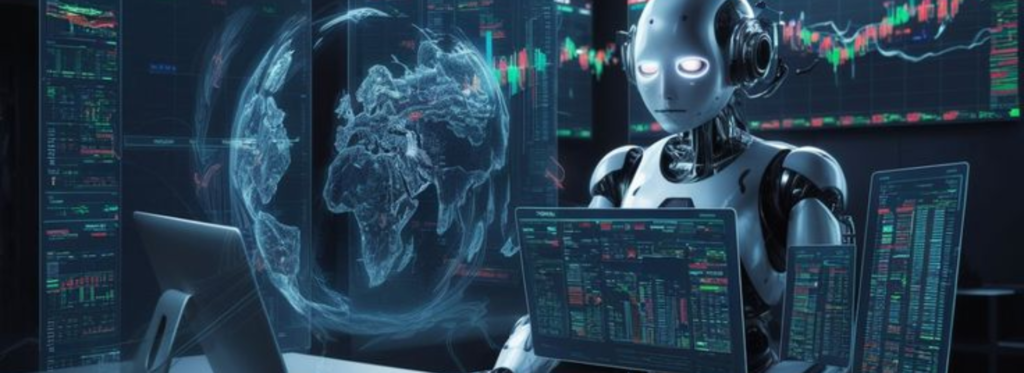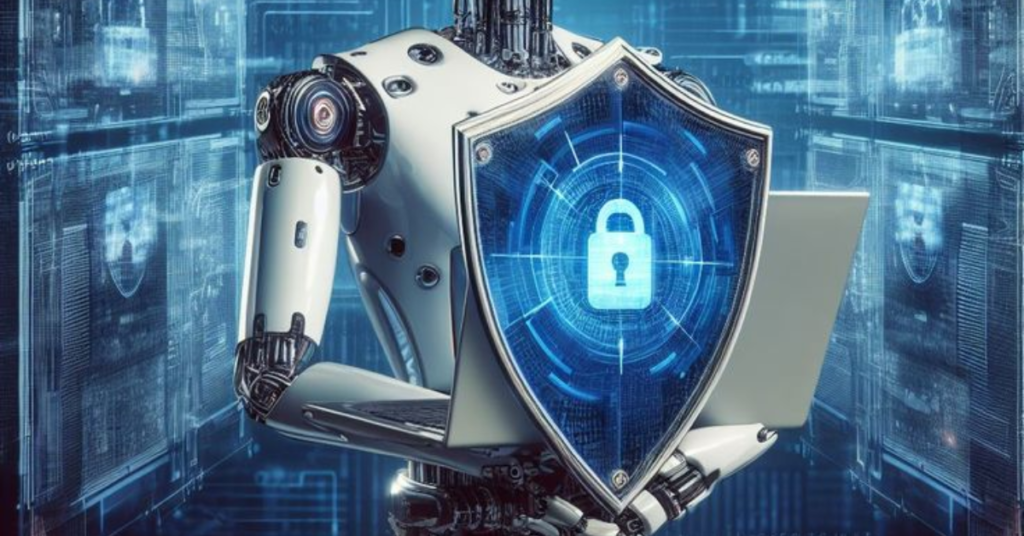At times the very fabric of the digital environment is threatened by new forms of adversities as the environment itself continues to change. The fact of the matter is that cyber security is no longer associated with counteracting threats that have occurred in some way or the other; it is about preventing and minimizing them. AI is enabling this substantive proactive defense mechanism against cyber threats, which relies on disrupting hackers’ strategies. This article focuses on the ways AI is transforming the cybersecurity industry, threat labeling, and response, and why organizations should embrace AI-based tools.
The Future Trends in Cybersecurity
For many years, conventional approaches to information security have involved reactive protection techniques: identifying and addressing threats once they have penetrated an organization’s infrastructure. However, today, with constant evolution and growth of cyber threats including ransomware, phishing and advanced persistent threats (APTs) the perimeter approach is insufficient.
Modern cyber threats are:
- Automated: Computer criminals use automation to control numerous attacks simultaneously since they often overwhelm static security measures.
- Adaptive: Threats are known to grow fast, leveraging on the new unpatched vulnerabilities and adapting to new means of operation to evade identification.
- Persistent: The key is for cybercriminals to have long-term goals that will allow them to gain access into the networks.
Hence, the efficiency of proactive cybersecurity, supported by neural artificial intelligence, is becoming critical in such a setting.
Potential and Functioning of AI in Preemptive Cybersecurity
AI offers organizations the desired approach for reaching beyond the traditional static models of security to predictive, real-time, and adaptive security. Here’s how AI enhances cybersecurity:
Threat Intelligence and Analysis:
Multiple sources of big data can be used by AI to look for patterns and determine possible threats.
Even the Threat Intelligence Reports, blogs, and forums can be fed into Natural Language Processing (NLP) in order to pull out emerging risks.
- Anomaly Detection: Machine learning models are good at identifying behavior outliers, pointing at data breaches or insider threats.
Such things as logging in at odd times, data transfer or high application activities will be marked by the AI as dangerous.
- Automated Incident Response: AI accelerates the decision-making and response to threats to prevent them.
For instance, in case of threat like malware, an AI system can quarantine infected systems, black list IPs and notify its security on duty.
- Behavioral Analytics: Since user and entity behaviors can be closely observed, AI can easily identify potential phishing, credential theft or unauthorized access.
Persistent behavioral monitoring minimizes false positive outcomes and thereby potentially fatal threats are not omitted.
- Enhanced Threat Hunting: AI helps cybersecurity users and analysts in threat searching, identifying potential threats and considering what should be prioritized.
Advantages of Artificial Intelligence in Cybersphere Protection
We have several advantages of artificial intelligence in cybersphere protection. Let’s discuss.
- Scalability: AI systems have the capacity to handle big data and its analysis which is way beyond human capacity, therefore guaranteeing network wide monitoring.
- Speed: In turn Agile Intelligence allows the organization to identify threats and prevent them before they cause significant harm to the business.
- Accuracy: Machine learning algorithms become wiser with time, they eliminate false positives, and increase the accuracy of threats’ identification.
- Cost-Effectiveness: It must be noted that the application of AI solutions involves spending yet, the money that is spent translates into automation and optimisation of the general running costs in the future.
Challenges relating to the application of AI for cybersecurity

While AI offers transformative benefits, its implementation is not without challenges:
- Data Quality and Availability: In the case of AI systems training datasets must be of high quality and/or diverse datasets. Bad data for a model is one which is either inexhaustive or inconsistent, one which does not enclose all the information relevant to a particular prediction.
- Adversarial AI: AI is also helping cybercriminals to deliver even more complex operations like AI phishing or deep fake frauds.
- Integration and Expertise: The introduction of AI into the existing cyber security paradigms becomes a significant challenge in need of substantive professional endorsements and integration solutions.
- Cost and Resources:The main challenge that small and medium-sized firms are likely to face is the cost of implementing AI-driven cybersecurity tools in the first place.
Chicago Science’s Proactive AI Recommendations or the Ultimate Checklist that Businesses Need to Implement
Enterprise AI is defined as the action undergone by various firms intent on leveraging artificial intelligence applications as means to create new competitive advantages. These AI tools like machine learning, natural language processing, robotics & Computer vision systems are Software, the hardware and software are not easy to facilitate and are changing at a very fast pace. Enterprise AI applications also depend upon specialized workforce and voluminous amounts of clean data. Let’s discuss with several pointers:
- Adopt a Layered Defense Strategy: Integrated AI in your security system with more conventional approaches that include use of firewalls and anti-virus.
- Invest in Continuous Training: AI models should be regularly updated with the latest threat intelligence in order to be efficient.
- Foster Collaboration: Engage AI and cybersecurity specialists to know the new trend or new tools entering the market.
- Educate Employees: They have also maintained that human error is a weakness to this date. The final is related to staff training on the identification of cyber threats that enhance traditional AI guard measures.
Why Hostaix For AI Driven Cybersecurity
The area where Hostaix excels is in the sphere of Artificial Intelligence in cybersecurity, and to be more precise – the safety of one’s assets and valuables in the digital world. The Adapto approach integrates the most advanced AI technologies with our profound knowledge of the industries to give you more protective measures against emerging threats. Here’s why Hostaix is your ideal partner:
- Comprehensive Threat Detection: They are able to establish threat patterns and counter them immediately so your networks do not get attacked.
- Customized Solutions: With a menu approach we offer exactly the cybersecurity solutions you need, whether you are a small business or a large corporation.
- Expert Support: Like many other cybersecurity companies, Hostaix has a team of experienced cyber security experts to offer round services such as monitoring, consultation and responding to incidents.
- Scalable Technologies: Our services are scalable; they are flexible and dependable when your enterprise is growing in size.
Become one of many businesses which are partnering with Hostaix to safeguard their digital assets. Now it’s time to speak with us and learn how we can assist or create a plan to guard your company against cyber attack.
New Artificial Intelligence Skills for Cyber Security
The following is dedicated as The Future of Artificial Intelligence in Cybersecurity.
Meanwhile, the threats are getting more manifold therefore, the applications of AI in cybersecurity will also be developing. Future advancements may include:
- Cognitive AI: Frameworks that attempt to model human rationality to decide on definitive action where choices are unclear.
- Quantum AI: Expedited Data Analysis and Encryption Using Quantum Computing.
- Collaborative AI Ecosystems: C2 blue teams: the other collective amplification venues where organizations enhance the protection system through the joint exchange of threat intelligence.
Conclusion
Preventive cybersecurity with the help of AI is not just an evolutionary kind of approach to the usage of advanced technologies – it is an imperative in an increasingly digitised environment. With the help of applied AI, one can predict the actions of cybercriminals more effectively than they can be predicted, as well as protect assets, financial records, and corporate image. However, it is a long journey that cannot be achieved without systematic and systematic and systematic management and investment and partnerships.
In particular, for businesses, a transition to AI in cybersecurity is not simply about guarding against threats; it is also about survival in the highly dynamic threat environment. The time is now – don’t shun AI, instead, be at the forefront of safeguarding the digital space.
